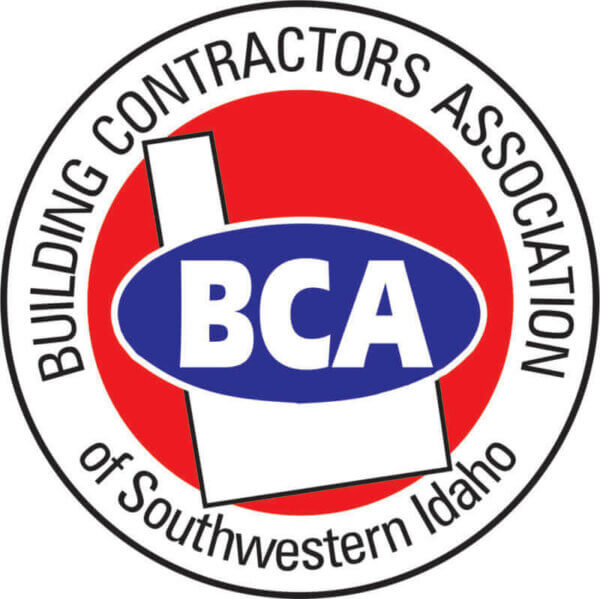Safety Checklist For A Safer Living Space
Wouldn’t it be nice if there was some type of checklist that provided readers with the items necessary to make their living space safer to live in? While we have provided other checklists in the past, such as checking the HVAC components in your attic and what to look for when buying an older home, we at FAMCO are excited to present a checklist on the various equipment and planning that you can do in order to make your living space safer.
If You Use Gas Appliances, Install Carbon Monoxide Alarms
A burst or ruptured natural gas line can leak carbon monoxide, a colorless odorless gas that can be lethal when inhaled, into your living space. To prevent the potentially deadly build-up of carbon monoxide when using gas-powered appliances, install carbon monoxide alarms according to the manufacturer’s recommendations.
Test All Fire and Carbon Monoxide Alarms Once a Month
Most consumer-level alarms come with a Test button located directly on the front of the alarm. If the alarm does not respond when this button is pressed, replace the battery according to the manufacturer’s instructions, and swap out defective/malfunctioning alarms for working ones when and where necessary.
Check Gas Lines for Leaks
If you would like to take a more proactive approach and locate a gas leak directly, there are a few methods available, such as:
- Soapy water: Apply sudsy water to a section of gas line suspected of leakage. If bubbles form, the leak has been found.
- Listen: A slight hissing or whistling sound may signal a gas leak.
- Use a gas leak detector: These can detect leaks in appliances, tanks, and pipes.
If any leaks are detected, turn off the supply and contact a professional.
Different Types of Fire Extinguishers and What They Do
Not every fire extinguisher is created equally, and in fact comes in several different classifications to address different types of fires.
- Class A: For putting out freely burning material like wood or paper.
- Class B: Flammable or combustible liquids and/or gasses.
- Class C: Power-sourced electrical fire.
- Class D: A dry-powder extinguisher meant to deprive ignited combustible metals, like titanium, zirconium, or magnesium, of oxygen.
- Class K: Designed to extinguish high-temperature cooking fires that are animal or vegetable oil-based.
Misuse of fire extinguishers may result in further spreading the flames, property damage, loss of life.
Visually inspect all fire extinguishers every 30 days, and have them checked/recharged once a year to ensure that they are functional and ready to use when/if you need them.
Come Up with a Fire Evacuation Plan
While insurance may cover most or some of your possessions post-disastrous home fire, getting out of a burning building as safely as possible is the first step. For each room of the house, come up with the quickest and safest route of evacuation should the need occur, and discuss/run through this plan with the rest of the occupants.






